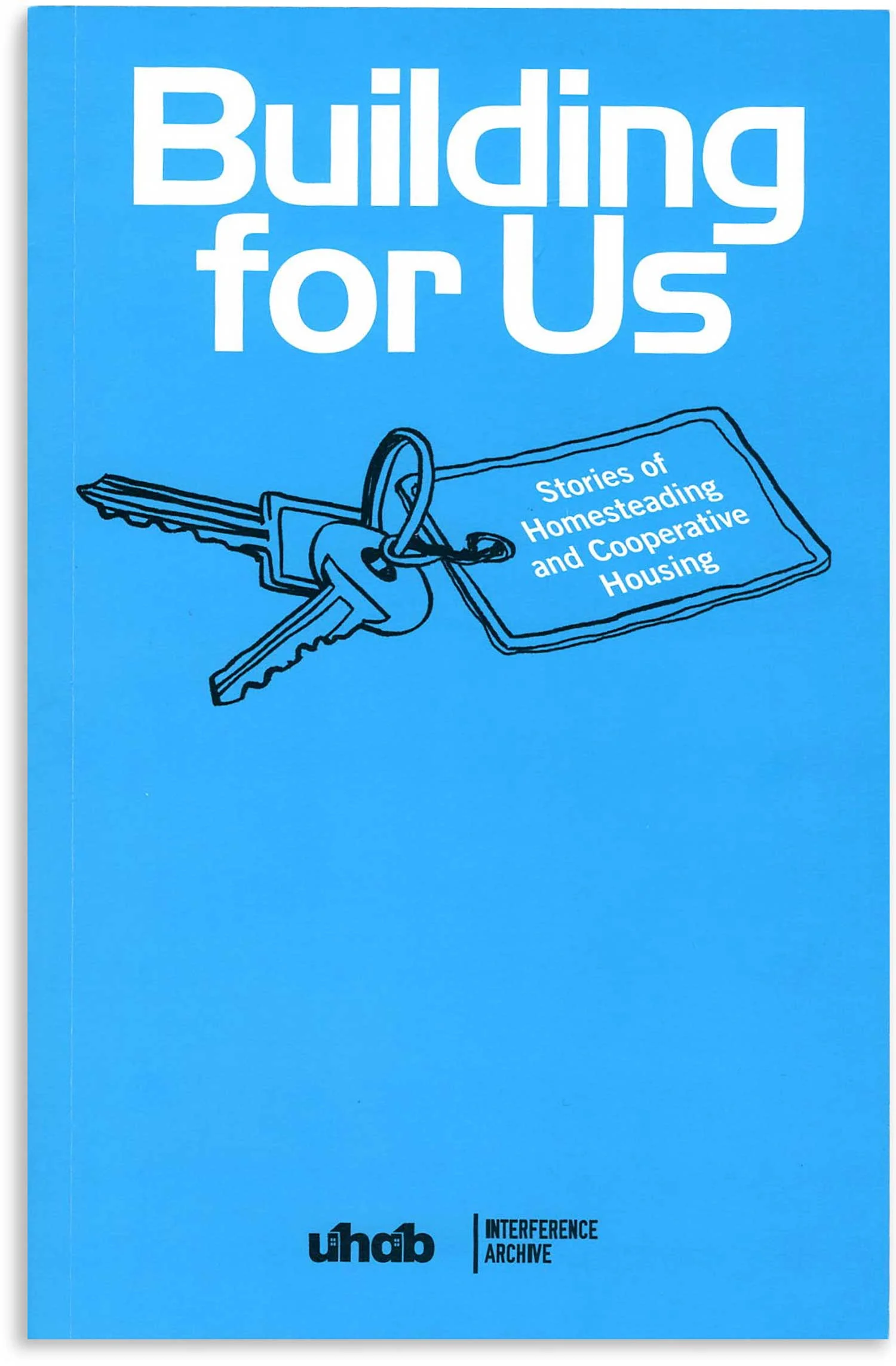Stokely Carmichael: The Boy Before Black Power
By Ethan Scott Barnett
In the 1960 edition of The Observatory, The Bronx High School of Science’s yearbook, the recently appointed principal Alexander Taffel pronounced to the graduating class a quote from Thomas Paine: “These are the times that try men’s souls.” Paine had recognized the approaching revolution in 1776; the class of 1960 anticipated a similar upheaval. Amongst a sea of young faces in the sports section are two boys - one Black and one white - energetically shaking hands and displaying cheeky smiles. The boys are surrounded by their male teammates and the female management crew. Sports editors Judy Shapiro and Joel Engelstein captioned the image, “Stokely Carmichael and Gene Dennis showed their masterly leadership in preventing the abasement of the opposing teams.” Upon a first and even a second glance this image simply depicts the camaraderie that comes along with teenage boys and secondary school soccer games. However, the image pinpoints a pivotal moment in Stokely Carmichael’s political trajectory. The experiences that led up to this moment concretized Carmichael’s dedication to leftist organizing and a lifelong career in the Black Freedom Struggle.
Read More





